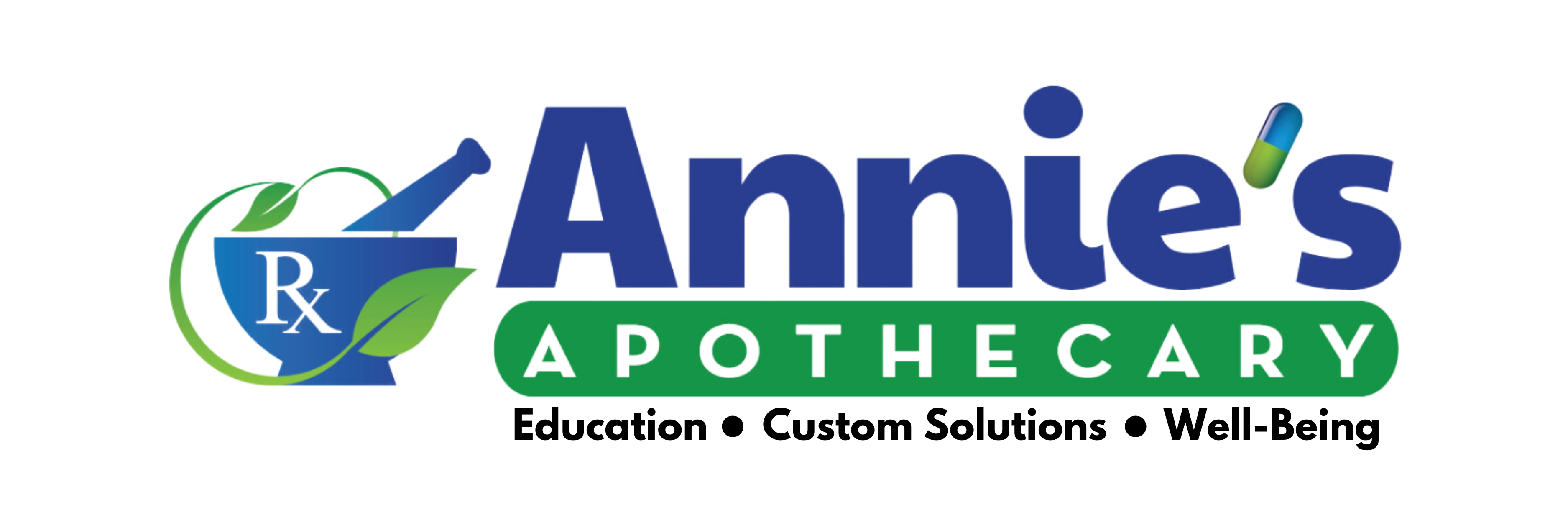The month of September has been declared Pain Awareness Month. Pain Awareness Month is a time when various organizations work to raise public awareness of issues in the area of pain and pain management.
For many people, living with pain is a way of life. Living a full and active life however may seem impossible. It is actually possible to increase your level of functioning and quality of life while reducing your sense of suffering. The key, like anything in life, is to have the right skills, support, and direction. That is a tall order in the health care arena these days. Rarely if ever do we find ourselves faced with the opportunity to have time to talk with our health care providers about our state of being. There are some exceptions. Fortunately for people with pain there is a means to build a relationship with a health care provider and their staff that can, if you are willing to take an active role, help you move from a patient to an active person. The road is not an easy one, but the rewards far outweigh any temporary issues.
While medicine has made remarkable advances to eradicate some diseases, cure others and extend life, chronic pain is still one they are struggling to understand and improve. The good news is they have made advances in helping people to manage their pain. Interdisciplinary Pain Programs are designed to help a person with pain become part of the treatment team and take an active role in regaining control of his or her life in spite of the pain. The programs are focused on the total person, not just the pain.
What is Interdisciplinary Pain Management?
It involves a team of health care providers working directly with the person with pain with a variety of measurement, interventions, and strategies for self-management designed to offer a complete program from assessment, treatment, communication, education, and follow up. The treatment is never focused on just the pain, but it takes a holistic approach meaning who you are and how you feel is as much a part of shaping your treatment as your physical self.
The Team is made up of:
- “Patient” (person with pain)
- Significant others (family, friends, neighbors)
- Physicians
- Physician Assistants and Nurse Practitioners
- Nurses
- Psychologists
- Physical therapists
- Occupational therapists
- Recreational therapists
- Vocational counselors
- Pharmacists
- Nutritionists/dieticians
- Social workers
- Support staff
- Volunteers
- Others
Team members may vary from one program to the next, but the underlying goal remains the same; help you live a full life. You might have noticed that the “patient” is at the top of the list. Without your willingness to take an active role in the program, nothing that the program has to offer will be helpful since there is currently no cure. Your efforts are key to success!
Your team shares in providing you with a well-balanced approach to treatment. They all have specific roles that complement each other to provide better care. It is the team approach working directly with the “patient” that makes this type of program effective. Team members each have personal responsibilities that, when blended together, make for a treatment option that allows the patient to make progress.
Benefits of a well functioning team:
In a typical health care environment, you may have a primary care provider, a physical therapist, a counselor, and other specialists that you see. In many cases, while they communicate occasionally, they do not come face to face as a team to focus on you. It is in an interdisciplinary pain program that a team on a regular basis will review your care and discuss it with you. They will look at the goals that have been set, what you have accomplished, where you are having difficulties and evaluate what the next best steps are for YOU.
Based on your progress they will be able to determine which team members may need to alter their approach, other areas that might need added attention, and personal communication with you as part of that team.
The team needs to have the ability to work together in an environment where there is mutual respect and a collaborative atmosphere. Freedom to express new ideas and share insights is key to the team working together for the common good of those in the program.
The bottom line is that the treatment should focus on the whole person, not a body part or symptom, and to empower the person with pain as well as their family, or caregiver.
Interdisciplinary Pain Program:
There are a number of practices and facilities that are called pain clinics. While they may address specific pain problems, they do not offer the complete package needed to help a person regain control of their lives. It is important that a program provide you with the physical emotional, and psychological components you need. Perhaps the most important first step is to meet the team and make sure that you feel comfortable with them. If you are not comfortable with the team, it will be much more difficult to make progress. When looking for a pain program you need to keep in the following things:
Qualities of a Well-Functioning Interdisciplinary Pain Team:
- Share the same beliefs and mission
- The program is patient and family centered
- Work together for common, agreed upon goals
- Develop treatment plans based on individual needs
- Mutual respect and open communication as a team
- Frequent communication between primary provider and team members
- Shared goal of improvement for each person in the program is ongoing and the responsibility of all team members
- Monitoring of progress toward goal achievement
- Feedback about progress and performance is provided to you, caregivers, significant others, and primary care providers
- Formal follow-up is scheduled
Adapted from: Interdisciplinary Pain Management: Dennis Turk, et al. Task Force Report developed for American Pain Society. 2009.
